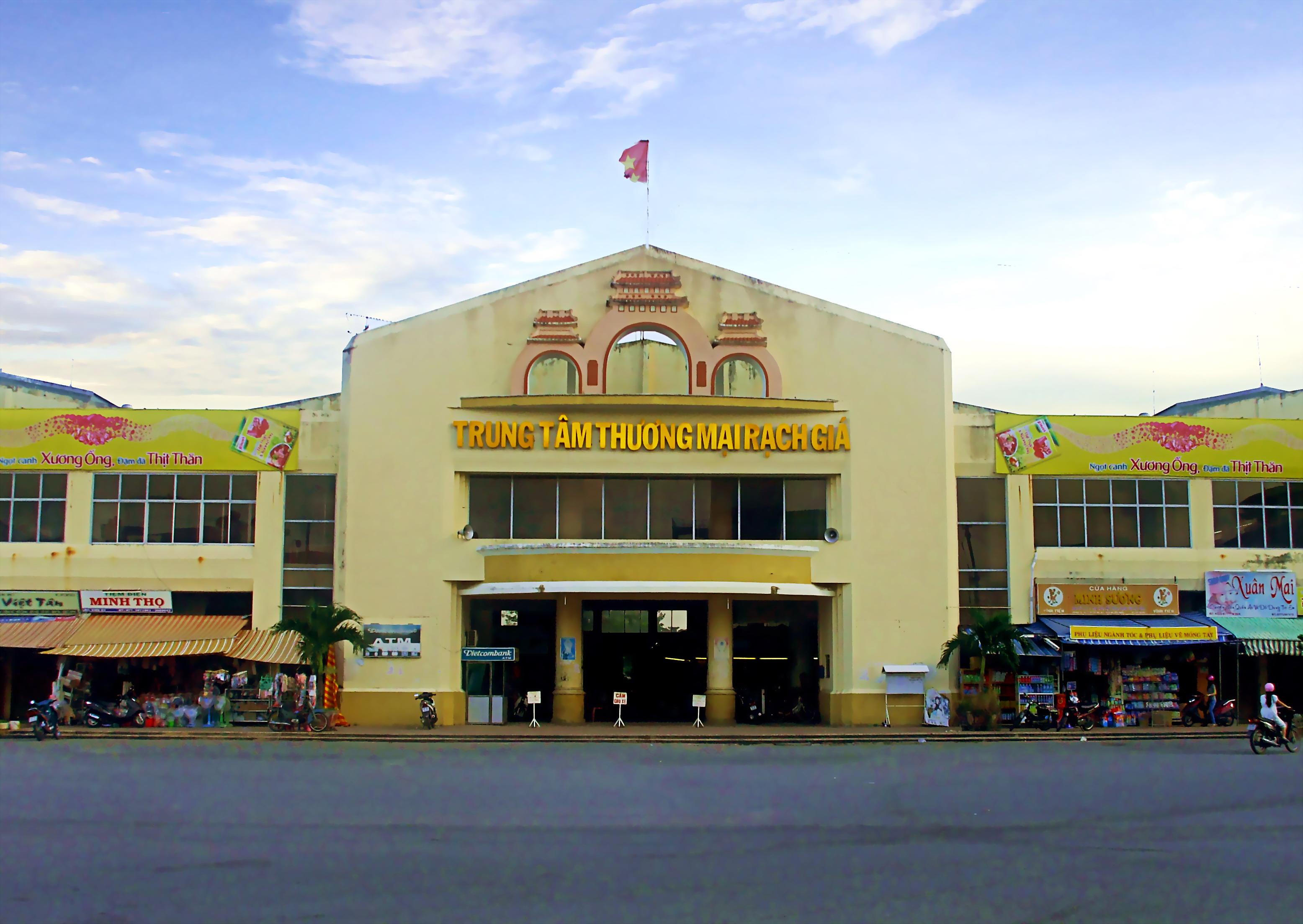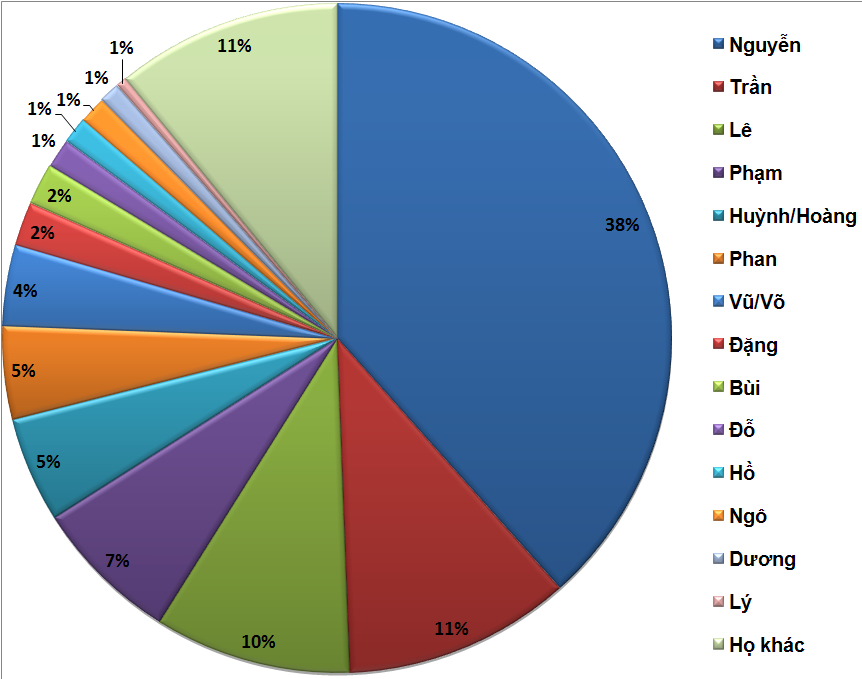|
Rạch Giá
Rạch Giá () is a provincial city and the capital city of Kiên Giang province, Vietnam. It is located on the eastern coast of the Gulf of Thailand, southwest of Ho Chi Minh City. East of city, it borders Tân Hiệp and Châu Thành town, the Gulf of Thailand is to the west and surrounds some parts of the city, south of the city is Châu Thành and An Biên town, and to the north it borders Hòn Đất and Tân Hiệp. Administrative units Rạch Giá was upgraded from a town to a city by Government Decree No. 97/2005/NĐ-CP on July 26, 2005. The city has 12 administrative units: *Vĩnh Thanh Vân Ward *Vĩnh Thanh Ward *Vĩnh Lạc Ward *Vĩnh Lợi Ward *Vĩnh Quang Ward *An Hòa Ward *An Bình Ward *Rạch Sỏi Ward *Vĩnh Thông Ward *Vĩnh Hiệp Ward *Phi Thông Commune Rạch Giá is the first city where the Vietnamese government applied a "lấn biển" project to build out to the ocean to expand territory. The "lấn biển" project expanded the city to becom ... [...More Info...] [...Related Items...] OR: [Wikipedia] [Google] [Baidu] |
Provincial City (Vietnam)
Provincial city ( vi, Thành phố thuộc tỉnh), commonly known as City, a type of second tier subdivision of Vietnam is divided into 713 units along with List of urban districts of Vietnam, urban district, District (Vietnam), district, Municipal city (Vietnam), municipal city, and district-level town (Vietnam), town have equal status. Also by virtue of Decree No. 42/2009/ND-CP, city are officially classified into Class-1, Class-2 or Class-3. The cities can only subordinate to Province as the Second Tier unit. At the Third Tier, City is divided into Ward (Vietnam), wards and Commune (Vietnam), communes. Fact Cities are usually provincial urban and administrative centers. Some cities also was appointed provincial economic centers and the culture center of a region (between provinces). There might still agricultural population in the suburban of provincial cities. Provincial cities are divided into Ward (Vietnam), wards (within the inner city) and Commune (Vietnam), communes (w ... [...More Info...] [...Related Items...] OR: [Wikipedia] [Google] [Baidu] |
Dry Season
The dry season is a yearly period of low rainfall, especially in the tropics. The weather in the tropics is dominated by the tropical rain belt, which moves from the northern to the southern tropics and back over the course of the year. The temperate counterpart to the tropical dry season is summer or winter. Rain belt The tropical rain belt lies in the southern hemisphere roughly from October to March; during that time the northern tropics have a dry season with sparser precipitation, and days are typically sunny throughout. From April to September, the rain belt lies in the northern hemisphere, and the southern tropics have their dry season. Under the Köppen climate classification, for tropical climates, a dry season month is defined as a month when average precipitation is below . The rain belt reaches roughly as far north as the Tropic of Cancer and as far south as the Tropic of Capricorn. Near these latitudes, there is one wet season and one dry season annually. At ... [...More Info...] [...Related Items...] OR: [Wikipedia] [Google] [Baidu] |
Tropical Monsoon Climate
An area of tropical monsoon climate (occasionally known as a sub-equatorial, tropical wet climate or a tropical monsoon and trade-wind littoral climate) is a tropical climate sub-type that corresponds to the Köppen climate classification category ''Am''. Tropical monsoon climates have monthly mean temperatures above in every month of the year and a dry season. The tropical monsoon climate is the intermediate climate between the wet Af (or tropical rainforest climate) and the drier Aw (or tropical savanna climate). A tropical monsoon climate's driest month has on average less than 60 mm, but more than 100-\left(\frac\right). This is in direct contrast to a tropical savanna climate, whose driest month has less than 60 mm of precipitation and also less than 100-\left(\frac\right) of average monthly precipitation. In essence, a tropical monsoon climate tends to either have more rainfall than a tropical savanna climate or have less pronounced dry seasons. A tropical monsoon ... [...More Info...] [...Related Items...] OR: [Wikipedia] [Google] [Baidu] |
Köppen Climate Classification
The Köppen climate classification is one of the most widely used climate classification systems. It was first published by German-Russian climatologist Wladimir Köppen (1846–1940) in 1884, with several later modifications by Köppen, notably in 1918 and 1936. Later, the climatologist Rudolf Geiger (1894–1981) introduced some changes to the classification system, which is thus sometimes called the Köppen–Geiger climate classification system. The Köppen climate classification divides climates into five main climate groups, with each group being divided based on seasonal precipitation and temperature patterns. The five main groups are ''A'' (tropical), ''B'' (arid), ''C'' (temperate), ''D'' (continental), and ''E'' (polar). Each group and subgroup is represented by a letter. All climates are assigned a main group (the first letter). All climates except for those in the ''E'' group are assigned a seasonal precipitation subgroup (the second letter). For example, ''Af'' i ... [...More Info...] [...Related Items...] OR: [Wikipedia] [Google] [Baidu] |
Tropical Savanna Climate
Tropical savanna climate or tropical wet and dry climate is a tropical climate sub-type that corresponds to the Köppen climate classification categories ''Aw'' (for a dry winter) and ''As'' (for a dry summer). The driest month has less than of precipitation and also less than 100-\left (\frac \right)mm of precipitation. This latter fact is in a direct contrast to a tropical monsoon climate, whose driest month sees less than of precipitation but has ''more'' than 100-\left (\frac \right) of precipitation. In essence, a tropical savanna climate tends to either see less overall rainfall than a tropical monsoon climate or have more pronounced dry season(s). In tropical savanna climates, the dry season can become severe, and often drought conditions prevail during the course of the year. Tropical savanna climates often feature tree-studded grasslands due to its dryness, rather than thick jungle. It is this widespread occurrence of tall, coarse grass (called savanna) which has led ... [...More Info...] [...Related Items...] OR: [Wikipedia] [Google] [Baidu] |
Thiên Hậu Palace
Thiên is a Vietnamese word which can refer to: * Thiền, a Vietnamese version of Zen Buddhism People * Lê Hoàng Thiên * Mẫu Thượng Thiên * Quốc Thiên * Thiên Y A Na * Thừa Thiên (empress) * Thuận Thiên (Trần dynasty empress) * Thuận Thiên (Nguyễn dynasty empress) See also * Thien (other) * Thiene Thiene () is a city and ''comune'' in the province of Vicenza, in northern Italy, located approximately west of Venice and east of Milan. __NOTOC__ The city has an active and lively industrial sector, composed mainly of small to medium-sized com ... * Thoen (other) {{dab ... [...More Info...] [...Related Items...] OR: [Wikipedia] [Google] [Baidu] |
Nguyễn Hiền Điều Temple
Nguyễn () is the most common Vietnamese surname. Outside of Vietnam, the surname is commonly rendered without diacritics as Nguyen. Nguyên (元)is a different word and surname. By some estimates 39 percent of Vietnamese people bear this surname.Lê Trung Hoa, ''Họ và tên người Việt Nam'', NXB Khoa học - Xã hội, 2005 Origin and usage "Nguyễn" is the spelling of the Sino-Vietnamese pronunciation of the Han character 阮 (, ). The same Han character is often romanized as ''Ruǎn'' in Mandarin, ''Yuen'' in Cantonese, ''Gnieuh'' or ''Nyoe¹'' in Wu Chinese, or ''Nguang'' in Hokchew. . Hanja reading (Korean) is 완 (''Wan'') or 원 (''Won'') and in Hiragana, it is げん (''Gen''), old reading as け゚ん (Ngen). The first recorded mention of a person surnamed Nguyen is a 317 CE description of a journey to Giao Châu undertaken by Eastern Jin dynasty (, ) officer and his family. Many events in Vietnamese history have contributed to the name's prominence. I ... [...More Info...] [...Related Items...] OR: [Wikipedia] [Google] [Baidu] |
Tam Quan
A Tam quan (Chữ Hán: 三關) or Tam môn (Chữ Hán: 三門) is a style of traditional gateway symbolic of Vietnamese Buddhism, it has three aisles (traditionally, the middle aisle is the largest and the two side aisles are smaller) not only are they applied in Buddhist works, they are also commonly applied to other religious works such as Confucianism, Taoism, Vietnamese folk religion, Đạo Mẫu, and Christianity. In addition, they are also applied to non-religious modern buildings such as schools and People's committee buildings. Origin and meaning Origin The ancient ''torana'' is sacred gateway architecture found all over the Indian subcontinent. It has influenced the gateway architecture further across Asia via the Silk Road transmission of Buddhism; Chinese Paifang gateways Japanese Torii gateways, Korean Hongsalmun gateways, Vietnamese Tam quan gateways and Sao Chingcha in Thailand have been derived from the Indian ''torana''. The functions of all are similar, bu ... [...More Info...] [...Related Items...] OR: [Wikipedia] [Google] [Baidu] |





